From Ancient Gardens to Modern Kitchens: The Surprising Origins of Oregano!
Table of Contents
- Where Did Oregano Actually Come From?
- The Many Faces of Oregano Around the World
- How Different Cultures Use Oregano
- Can You Grow Your Own Oregano at Home?
- What Are the Health Benefits of Oregano?
- Common Myths About Oregano – Busted!
- Fun Facts That Will Spice Up Your Next Dinner Party
- Conclusion: More Than Just a Pizza Topping
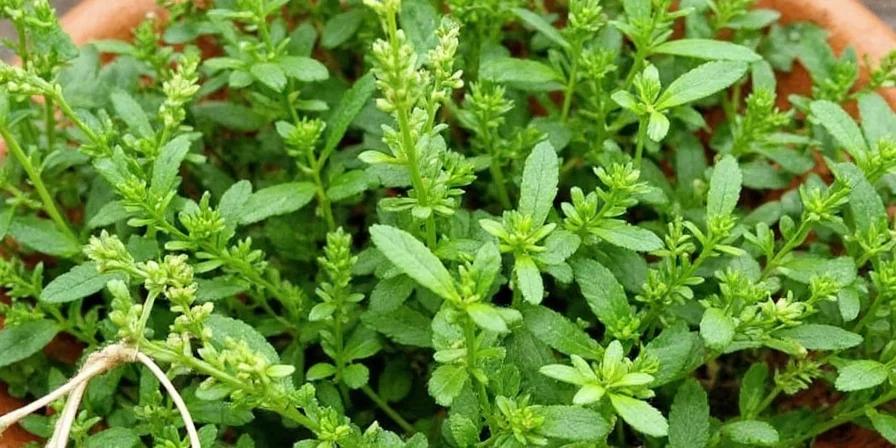
Where Did Oregano Actually Come From?
If you thought oregano was born on a pizza, you're not entirely wrong — but its roots run much deeper.
Oregano (Origanum vulgare) is a member of the mint family and is native to the mountainous regions of the Mediterranean and Western Asia. It's believed that the ancient Greeks and Romans were among the first to recognize both the culinary and medicinal uses of oregano.
The word “oregano” comes from Greek origins — literally. “Oros” means mountain, and “ganos” means joy or delight. So oregano translates to “joy of the mountains.” Sounds poetic, doesn’t it?
| Region | Origin Theory | Historical Use |
|---|---|---|
| Greece | Believed to be where oregano was first cultivated | Used in religious rituals and herbal remedies |
| Rome | Brought back from Greek conquests | Added to wine and food for flavor and preservation |
| Mexico | Native species evolved separately | Used in traditional mole sauces and teas |
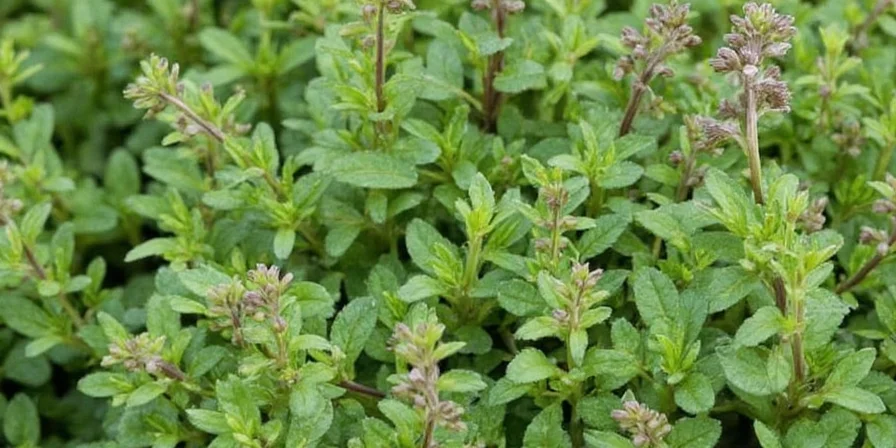
The Many Faces of Oregano Around the World
Contrary to popular belief, oregano isn't just one herb — it’s a whole family of plants with different flavors, aromas, and uses.
- Mediterranean Oregano: Also known as true oregano, this variety has a robust flavor and is commonly used in Italian, Greek, and Spanish cuisines.
- Mexican Oregano: Technically not part of the Origanum genus, but rather Lippia graveolens. It has a stronger, earthier taste and holds up well in stews and spicy dishes.
- Cuban Oregano: Known for its thick leaves and camphor-like aroma, often used in Caribbean cooking.
- Italian Oregano: A hybrid of sweet marjoram and Mediterranean oregano; milder and slightly sweeter in flavor.
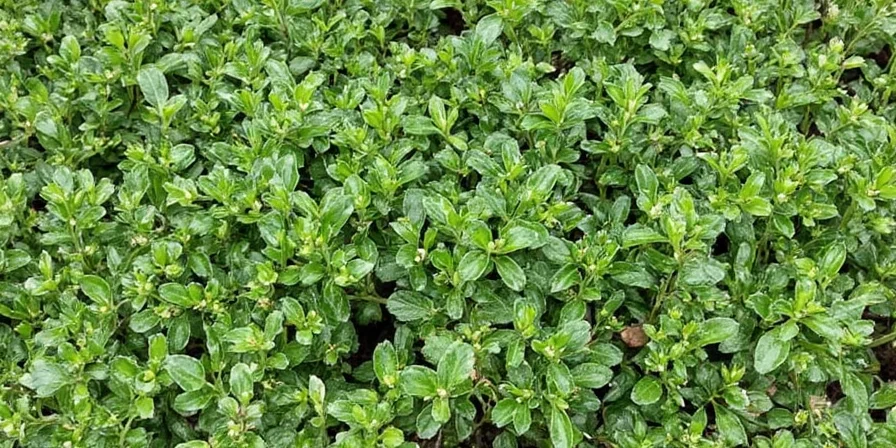
How Different Cultures Use Oregano
While oregano may scream Italian when you open a jar, its global journey is anything but limited to pasta sauce.
- Greek Soups & Stews: Fresh or dried, oregano is sprinkled over everything from tomato-based soups to lamb dishes.
- Mexican Mole: Mexican oregano plays a key role in complex spice blends like those used in mole negro.
- Lebanese Za’atar: A blend that includes sumac, sesame seeds, and wild thyme or oregano — used to season flatbreads and dips.
- Argentinian Asado: Used in chimichurri sauce alongside parsley, garlic, and vinegar to top grilled meats.
- Indian Cuisine: Sometimes used as a substitute in fusion dishes, though not traditionally common in Indian kitchens.
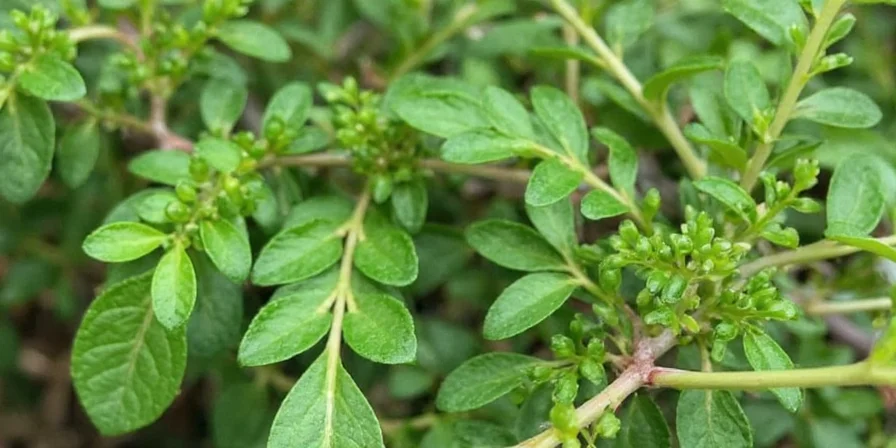
Can You Grow Your Own Oregano at Home?
Absolutely! Oregano is a hardy, easy-to-grow herb that thrives in most climates.
- Start with seeds or cuttings in spring.
- Use well-draining soil and plenty of sunlight (6–8 hours a day).
- Water moderately — oregano hates soggy feet!
- Harvest regularly to encourage growth and prevent woody stems.
- Store dried leaves in an airtight container for up to a year.
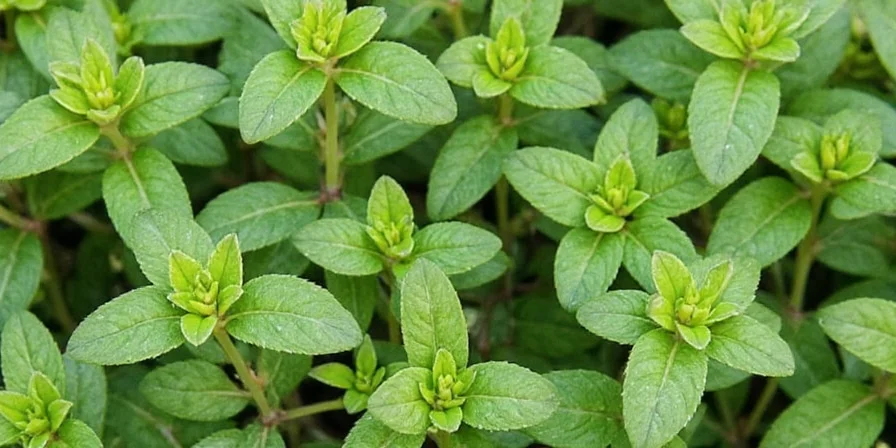
What Are the Health Benefits of Oregano?
Beyond flavor, oregano packs a punch when it comes to health benefits:
- Antioxidant Powerhouse: Loaded with antioxidants that fight free radicals.
- Natural Antimicrobial: Contains compounds like carvacrol, which can inhibit bacterial growth.
- Digestive Aid: Often used in herbal teas to soothe indigestion.
- Anti-inflammatory Properties: May help reduce inflammation and ease symptoms of arthritis.
- Respiratory Relief: Used in steam inhalations for colds and congestion.
Common Myths About Oregano – Busted!
Let’s separate fact from fiction with some spicy myth-busting:
- Myth: All oregano is the same.
Fact: There are dozens of varieties with distinct flavors and uses. - Myth: Oregano only works in Italian food.
Fact: It’s used globally from Mexico to Lebanon! - Myth: Dried oregano is always better than fresh.
Fact: It depends on the dish — fresh adds brightness, dried adds depth. - Myth: Oregano oil can cure anything.
Fact: While potent, it should be used cautiously and not as a medical replacement.
Fun Facts That Will Spice Up Your Next Dinner Party
- Oregano was once burned as incense in ancient temples to purify spaces.
- In some parts of Greece, brides carry oregano sprigs in their bouquets for good luck.
- Oregano has more antioxidant activity than oranges and apples combined!
- During WWII, oregano oil was used to treat wounds due to its antiseptic properties.
- Oregano essential oil can even be used as a natural pesticide!
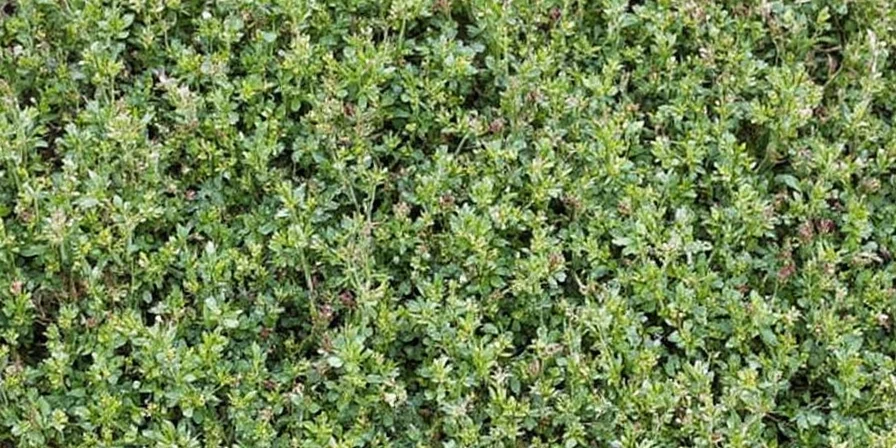
Conclusion: More Than Just a Pizza Topping
Oregano may seem like a small player in your spice rack, but its global influence, deep history, and surprising versatility make it one of the most interesting herbs out there.
Whether you’re sprinkling it on spaghetti, steeping it into tea, or growing it on your windowsill, oregano is a spice with serious personality — and now you know exactly where it came from.
So next time you twist open that jar, remember: you’re holding centuries of tradition, culture, and flavor between your fingers.

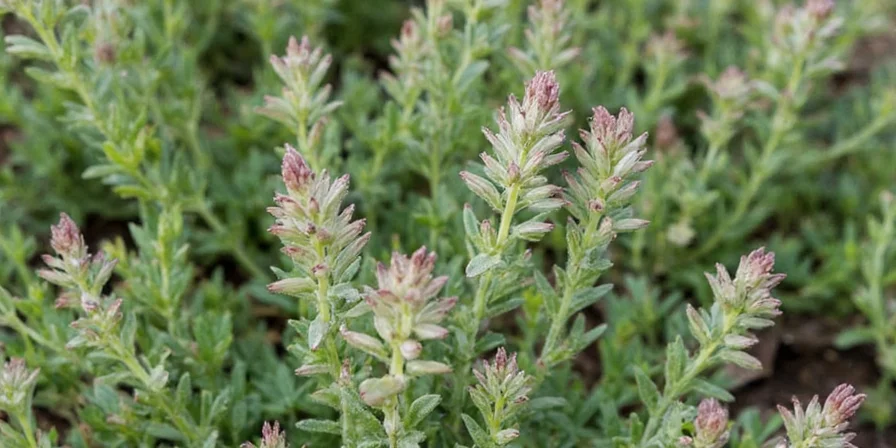









 浙公网安备
33010002000092号
浙公网安备
33010002000092号 浙B2-20120091-4
浙B2-20120091-4